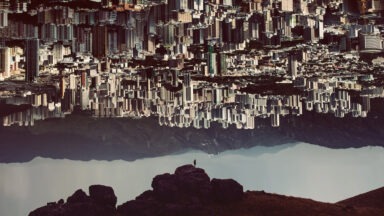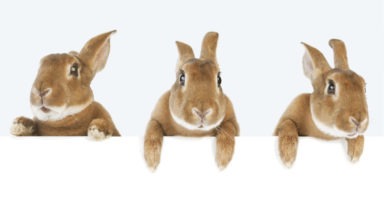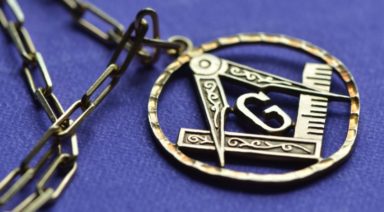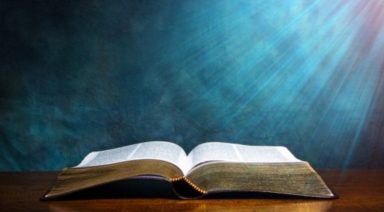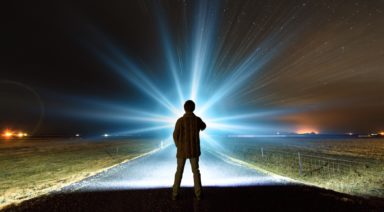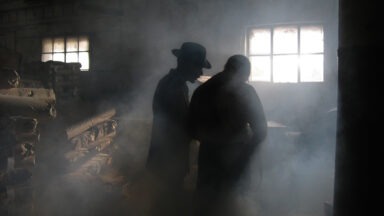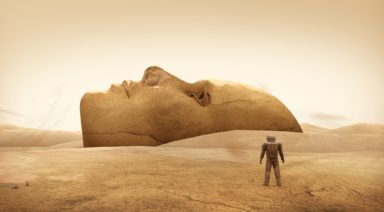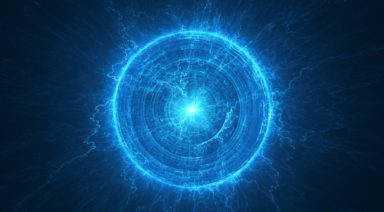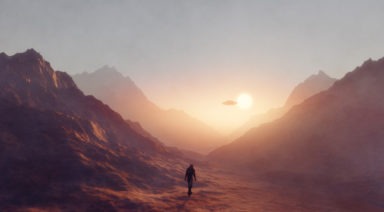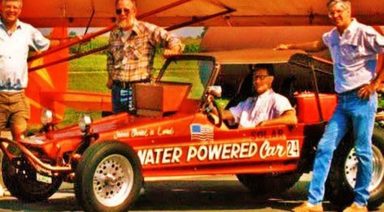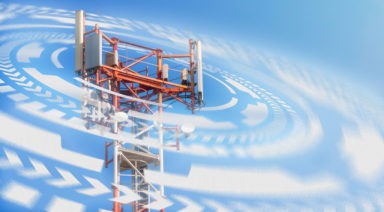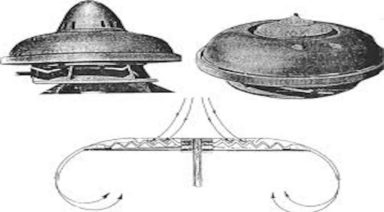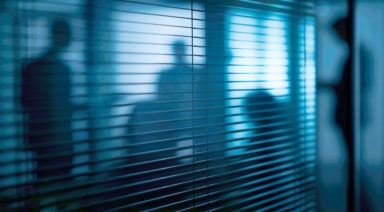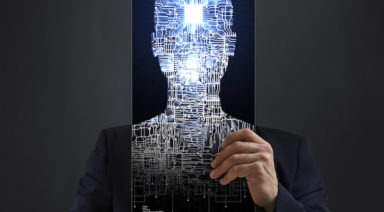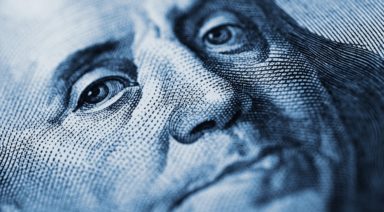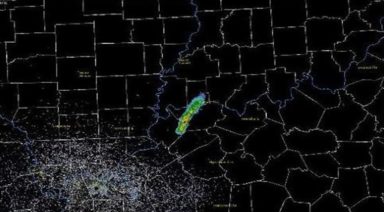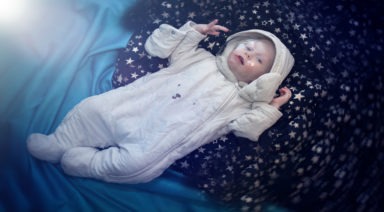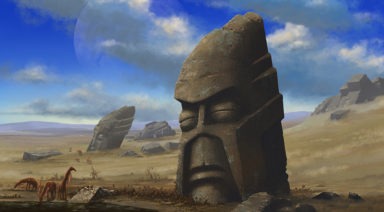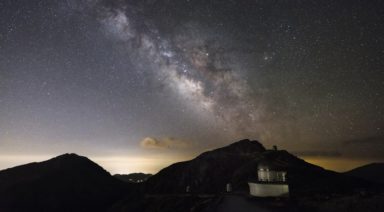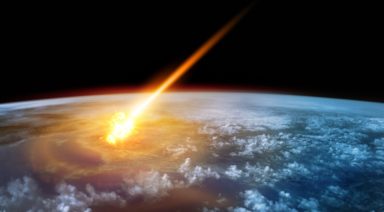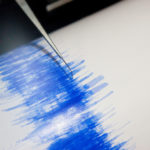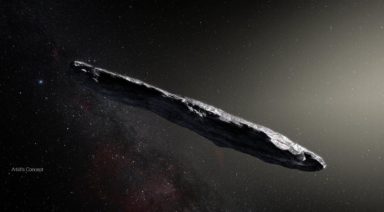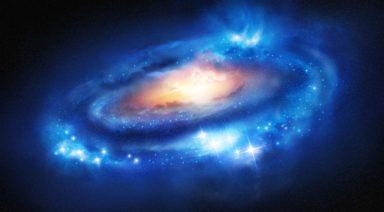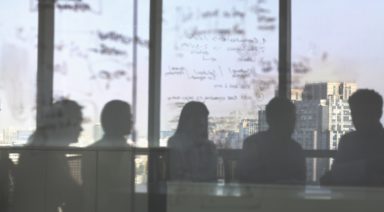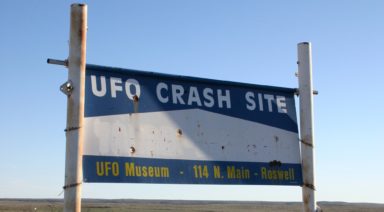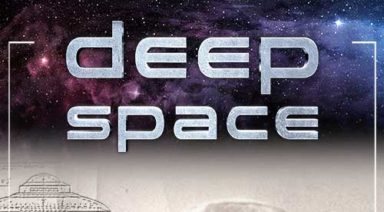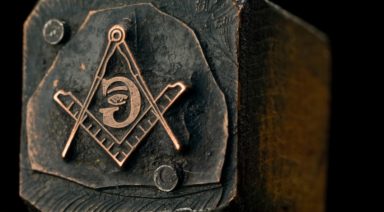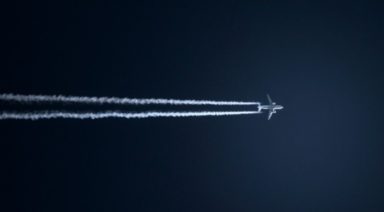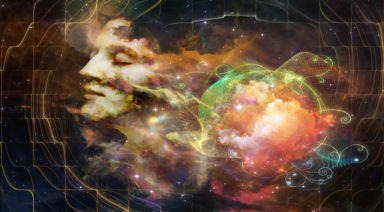Amateur Archeologist Believes He Knows Location of Holy Grail
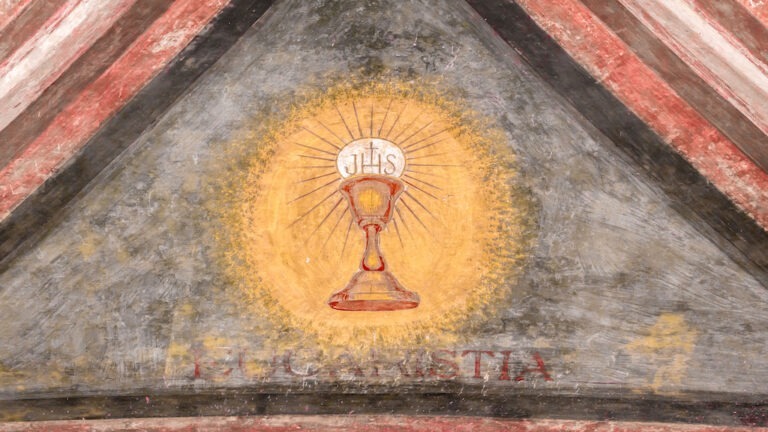
The search for the Holy Grail—has the ancient relic been located in England?
The Holy Grail is thought to have been the legendary cup of Christ used by Jesus at the last supper. Treasure hunters have searched for it for centuries, and hundreds of people have claimed to possess it. Now, U.K.-based amateur archeologist Barrie-Jon Bower, tells the Sun newspaper he knows where it is.
Bower, who says he has studied the grail and the Knights Templar for years, believes the grail is hidden in a secret chamber beneath a manmade river in the Hounslow Heath area of London. But how could one of the most sought-after relics of the holy land make its way to an underground hiding place in London? Bower tells the Sun that the Knights Templar trained in this area and claims they built this secret underground crypt to hide treasures from the holy land. Bower told the Sun, “[f]inally, I am certain this is the right spot. I am certain there will be a vault beneath the surface, with the Grail inside and other treasures from the Crusades.”
Watch more:
The Incorporation of the United States of America
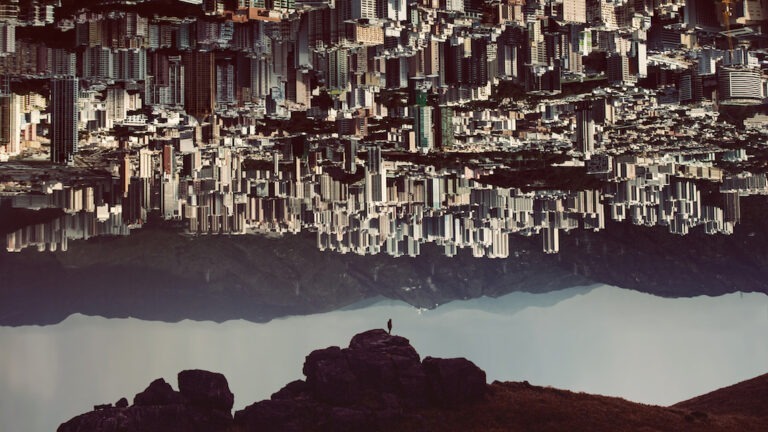
Who do you work for? Few people would say they work for a corporation called the United States of America. But researcher Jordan Maxwell suggests what Americans call their country is actually a corporation that “employs” all of its so-called citizens. In “Incorporating America,” Maxwell leads us through an uncomfortable idea that started to took shape after the Civil War, and culminated in the creation of the Federal Reserve in 1913.
Maxwell has been a student of the occult since 1959. His work has led him through hidden foundations of Western religions and secret societies, both ancient and modern. Emerging from his research, he has identified certain symbols that offer clues into how societies behave and who is behind the mass manipulation and abuse of the populace.
Maxwell’s book Matrix of Power, suggests there is a secret cabal controlling money, politics, and almost every facet of life without our knowing what’s really going on. Adding to his series Secret Life of Symbols, it stands as an intriguing interpretation of the symbolism in politics, religion, and corporatocracy.
Among the symbols Maxwell explores are references to water and its relation to the heartbeat of world commerce and politics, based upon what he calls the Law of the Sea. Water, he explains, is the female energy that delivers goods throughout the world. Further, he equates banks — the institutions that hold, lend, and dole out our money — with the banks of waterways. Riverbanks, Maxwell explains, direct the flow of the current/currency. Thus, money is cash flow, a liquid asset that ebbs and flows.


